Search results: 147
This module describes the skills, knowledge and attitude to be acquired by the learner to perform the domestic animal body description. The main contents of the module will help to describe the Animal body morphology using appropriate directional terms and planes. The module will also help to describe the body apparatus that makes the deep aspect of the animal body, thus this will lead to an assessment of the anatomo-physiological parameters of the main functions at the end of the module. A self-evaluation short quiz will provided during the presentation to evaluate your understanding regarding the contents of the module.
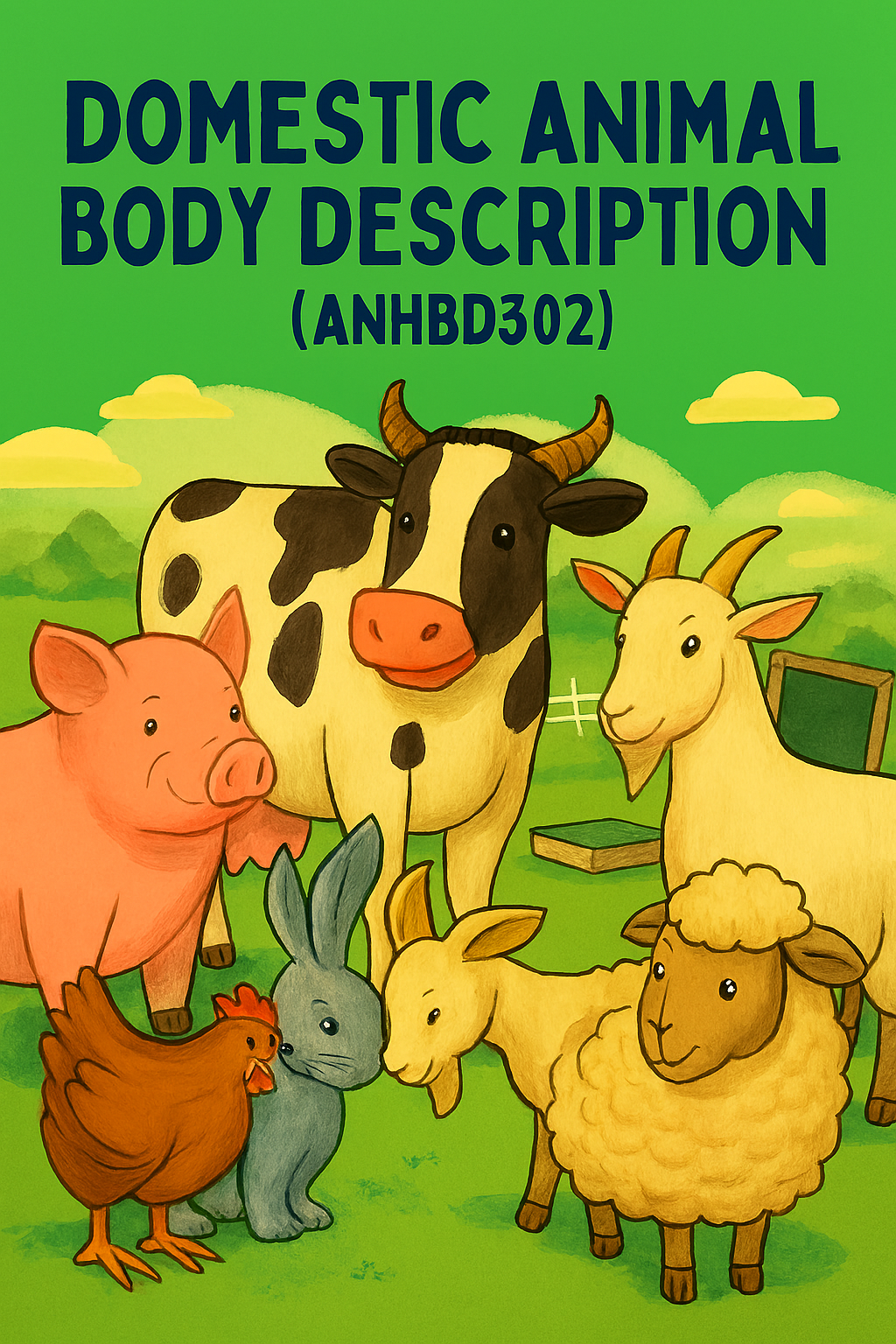
- Teacher: Olivier MUHOZA
A drilling machine operation is the process of creating, enlarging, or finishing holes in a workpiece using a rotating cutting tool called a drill bit. The machine works by rotating the drill bit at high speed while applying downward pressure to cut into the material. Common operations performed include drilling, reaming, counterboring, countersinking, tapping, and spot facing. Drilling machines are widely used in metalworking, woodworking, and construction due to their accuracy, efficiency, and ability to produce holes of different sizes and depths.
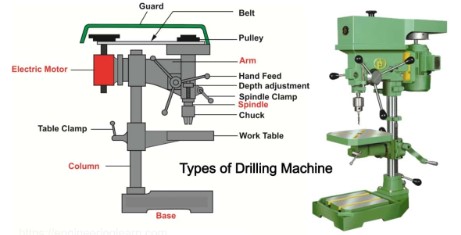
- Teacher: Paulin NIYIGABA
This module is intended for trainee at level 3 in TVET; certificate III, where trainee acquires skills, knowledge and attitudes to perform food and beverage service in hospitality industry. By the end of this module trainees will be able to receive instructions on the day’s activities and duties assemble and clean necessary restaurant equipment, arrange restaurant service areas set up the restaurant for service, stock the service station with minimum supervision.

- Teacher: Eric Hitimana
- Teacher: Origene IGIRANEZA
Fisheries and aquaculture. It is intended to the learners pursuing TVET Certificate
V in Animal health. Upon completion of this module the learners will be able to
Install aquaculture system, assist in hatching operations, perform nursery
activities, grow and harvest fishes.
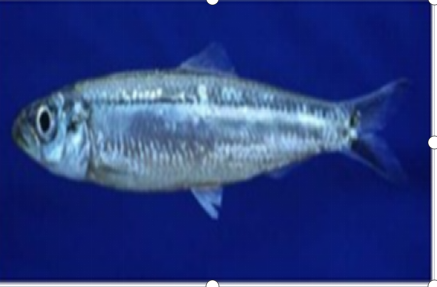
- Teacher: Illuminee BARAKAGWIRA
This module detail required knowledge, skills
and attitude for student or learner to be able to feed fly record feeding data,
select fish feeds and manage feed requests and distribution. After learning
successively this module, a student or a learner will be able to work alone or
work in group under supervision.

This module covers the knowledge; skills and attitudes required to provide a balanced feeding to domestic animals by managing fodder crops and pasture in an optimum manner. It is intended for learners who have successfully completed ordinary level, level II in animal health or its equivalent and pursuing TVET level III and related qualification. Upon completion of this module, the trainee will be able to: Cultivate fodder crops, perform pastures lay out and improvement and Manage pasture grazing
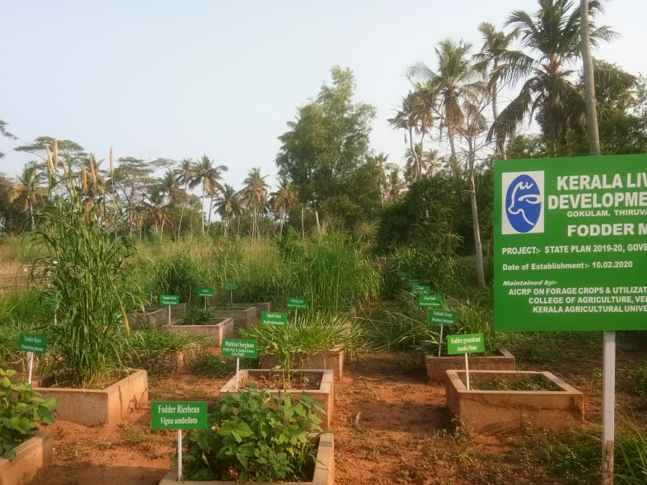
- Teacher: Patrick NGABONZIZA
This module covers the knowledge; skills and attitudes required to
provide a balanced feeding to domestic animals by managing fodder crops and
pasture in an optimum manner. It is intended for learners who have successfully
completed ordinary level, level II in animal health or its equivalent and
pursuing TVET level III and related qualification. Upon completion of this
module, the trainee will be able to: Cultivate fodder crops, perform pastures
lay out and improvement and Manage pasture grazing

- Teacher: Callixte MATOVU
- Teacher: SadakoSandrine UMUKUNZI
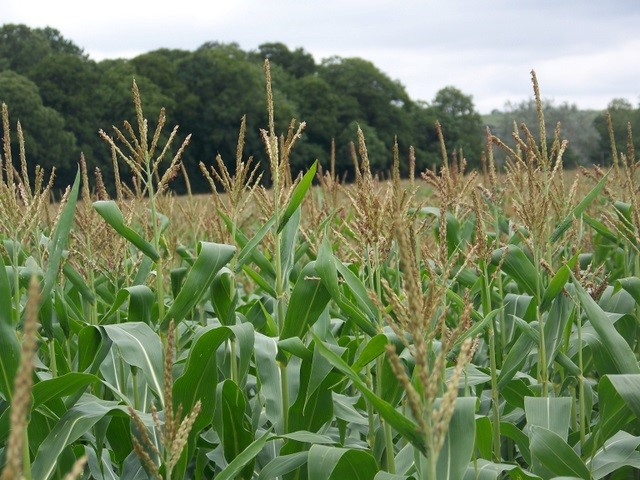
- Teacher: INGABIRE Veronique
This module describes the skills, knowledge and attitudes required to identify history of food processing industry, identify food safety requirements and describe important processing operations in the food industry. At the end of this module, participants will be able to identify most important historical events of the transformation of cooked ingredients, by physical or chemical means into food, or of food into other forms. Learners will be able to improve food safety-related behaviours and practices. They can describe food processing activities such as mincing and macerating, liquefaction, emulsification, and cooking, pickling, pasteurization, and many other kinds of preservation and canning or other packaging.
- Teacher: Origene IGIRANEZA
This competence covers the skills, knowledge and attitude required to process fruits into Nectar and Squash in the food processing industry.

- Teacher: Eric Hitimana
- Teacher: Origene IGIRANEZA
Forging is a metalworking process in which a piece of metal is shaped into the desired form by applying compressive forces, usually delivered through a hammer, press, or die. The operation is carried out while the metal is either hot (hot forging) or cold (cold forging), depending on the material and application.
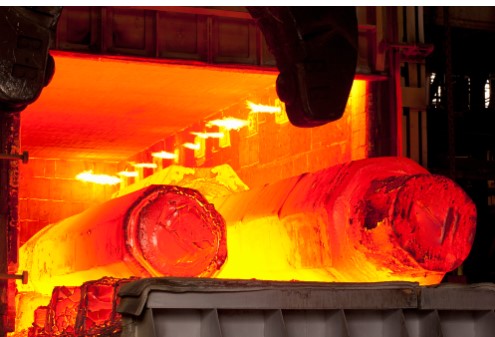
Forging is a manufacturing process in which metal is shaped into the desired form by applying compressive forces using hammers, presses, or dies. The process is usually carried out at high temperatures (hot forging), but it can also be done at room temperature (cold forging). Forging improves the strength, toughness, and grain structure of the metal, making it suitable for producing strong and durable components like shafts, gears, bolts, and tools.

- Teacher: Paulin NIYIGABA
Forging is a metalworking process where compressive forces are applied to shape metal, typically using a hammer or press. It improves mechanical properties by aligning the grain structure.
🔹 Purpose:
- To produce strong, durable parts
- Used in high-stress applications (e.g., automotive, aerospace, tools)
🔹 Types of Forging:
- Open-Die Forging
- Workpiece is compressed between flat dies
- Suitable for large or simple shapes
- Closed-Die Forging (Impression Die)
- Metal is compressed in a die cavity
- High precision and complex shapes
- Cold Forging
- Performed at room temperature
- Better surface finish, high dimensional accuracy
- Hot Forging
- Done above recrystallization temperature
- Easier to shape, less stress on equipment
🔹 Materials Used:
- Steel (carbon, alloy, stainless)
- Aluminum
- Titanium
- Brass and copper

- Teacher: ALBERT IMANIRAFASHA
Forging is a manufacturing process where metal is shaped by applying compressive forces using tools such as hammers, presses, or dies. The process can be performed at high temperatures (hot forging) or at room temperature (cold forging)

- Teacher: NIYITEGEKA Patrick
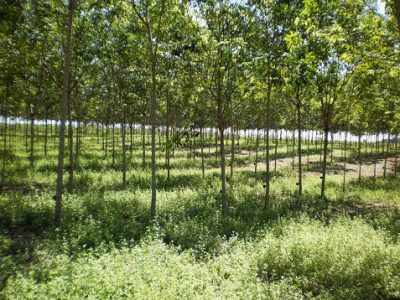
- Teacher: Eric Hitimana
- Teacher: Origene IGIRANEZA
The forest sector encountered a lot of challenges like forest seeds shortage in the markets. This module develops the skills and knowledge required to collect seeds. At the end of this module, the learner of level 3 will be able to select tools and equipment, identify tree species, apply seed collection and handle seed quality.

- Teacher: Eric Hitimana
- Teacher: Origene IGIRANEZA
This module describes the skills and knowledge required to apply sustainable environmental practices throughout forestry. These practices are of great importance for the preservation of the environment in Rwanda.

- Teacher: Eric Hitimana
- Teacher: Origene IGIRANEZA
This module describes the skills, knowledge and attitude for making decorative motif, still relief and plates and assembling different furniture by using different techniques and styles used in sculpture, At the end of this module, learners will be able to prepare the working environment, tools - equipment and materials, carve the artwork and finishing artworks.

- Teacher: Eric Hitimana
Modern frontend development often revolves around React.js, a JavaScript library for building dynamic, component-based user interfaces. React allows developers to create reusable components, manage application state, and update the UI efficiently through its virtual DOM. Its declarative approach, powered by JSX and hooks like useState and useEffect, makes building interactive web applications both scalable and maintainable.
On top of React, developers often use Next.js, a React-based framework that enhances the development experience by offering features like server-side rendering (SSR), static site generation (SSG), API routes, and built-in routing. This makes Next.js particularly valuable for performance optimization and search engine optimization (SEO), areas where plain React applications can fall short.
For styling, Tailwind CSS has become a popular choice. Unlike traditional CSS, Tailwind is a utility-first framework that provides low-level utility classes, enabling developers to build custom designs directly in the markup. Its approach speeds up development, ensures design consistency, and integrates seamlessly with React and Next.js.
While Next.js has its own routing system, projects built with plain React often rely on React Router, a widely used library for handling navigation in single-page applications. It enables developers to define routes, handle nested navigation, and manage dynamic parameters, creating a smooth user experience without full page reloads.
To add type safety, TypeScript is frequently paired with React and Next.js. TypeScript introduces static typing to JavaScript, helping developers catch errors at compile time, improve code readability, and make applications more robust. With TypeScript, components can define the shape of props, states, and return values, making large-scale applications easier to manage.
Bringing these tools together results in a modern React application workflow. React provides the foundation for building UI, Next.js adds advanced rendering and routing capabilities, Tailwind streamlines styling, React Router supports SPA navigation (when used outside Next.js), and TypeScript ensures type safety and maintainability. This combination empowers developers to build fast, responsive, scalable, and developer-friendly frontend applications.

- Teacher: NDAGIJIMANA Silas

